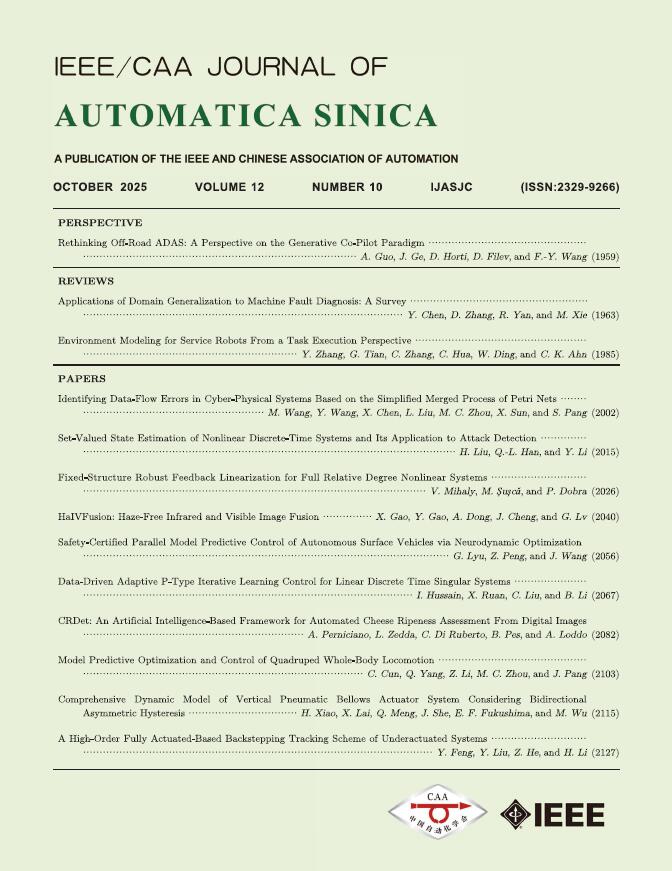Haveyou taken an Uber ride and disagreed with the “fastest” route that the GPS appsuggested because you – or the driver – know a “better” way?
Forsociety to truly embrace self-driving cars, the experience of passengers mustfeel just as comfortable as any trip with a human driver – including choosingthe “best,” or more comfortable, way to get there.
Itturns out that this is an extremely difficult computational challenge, butresearchers are getting us a little bit closer to that ideal comfy ride. They have devised a new optimization methodfor tracking the trajectory of self-driving cars that reduces errors, all thewhile keeping computation demands low.
----------------------------------------------------------------------------------------------------------------
Paper Information
K. Majd, M. Razeghi-Jahromi, and A.Homaifar, “A stable analytical solution method for car-likerobot trajectory tracking and optimization,” IEEE/CAA J. Autom. Sinica, vol. 7, no. 1, pp. 39–47, Jan. 2020.
Fulltext:
https://www.ieee-jas.net/en/article/doi/10.1109/JAS.2019.1911816
----------------------------------------------------------------------------------------------------------------
While operating a vehicle, a humandriver can be thinking about and responding to multiple phenomena from momentto moment: how fast to go, what to expect on the street, safety considerations,all the while also making decisions on -- and constantly re-assessing -- atrajectory that is above all comfortable for themselves and their passengers.This ability to prioritize comfort, and the attempt to replicate it in robots,has been the focus of a great deal of recent research.
An important aspect of this is thetrajectory tracking problem—ensuring a vehicle follows a desired route asclosely as possible in a given amount of time. It sounds simple because wehumans do it all the time without paying much attention, but mathematically itreally isn’t simple at all. Popular ways of dealing with the problem have themajor drawback of excessive computational requirements.
“With an autonomous vehicle, all thishas to be performed in what we’d call the ‘brain’ of the autonomous vehicle,”says Kayvan Majd of Arizona State University. “We setourselves a challenge that is simple to state but hard to achieve with respectto trajectory planning: A passenger in a self-driving car has to feel as if itwere driven by a human.”
A couple of attempts in recent yearshave been made to reduce this computational “overhead”, but in doing so, theyre-introduce large errors with respect to the trajectory.
What makes the new method such a leapforward is that it ticks all the boxes of stable trajectory tracking with minimalerrors with respect to position, velocity and acceleration, while keepingcomputational overhead down.
The next step for these specialists is makingtheir method more widely applicable, by taking into account additional and evenmore realistic variables such as taking into account tire forces and sideslipping. This will allow the cars to operate at high speed and under harshroad conditions more accurately.















 E-mail Alert
E-mail Alert


